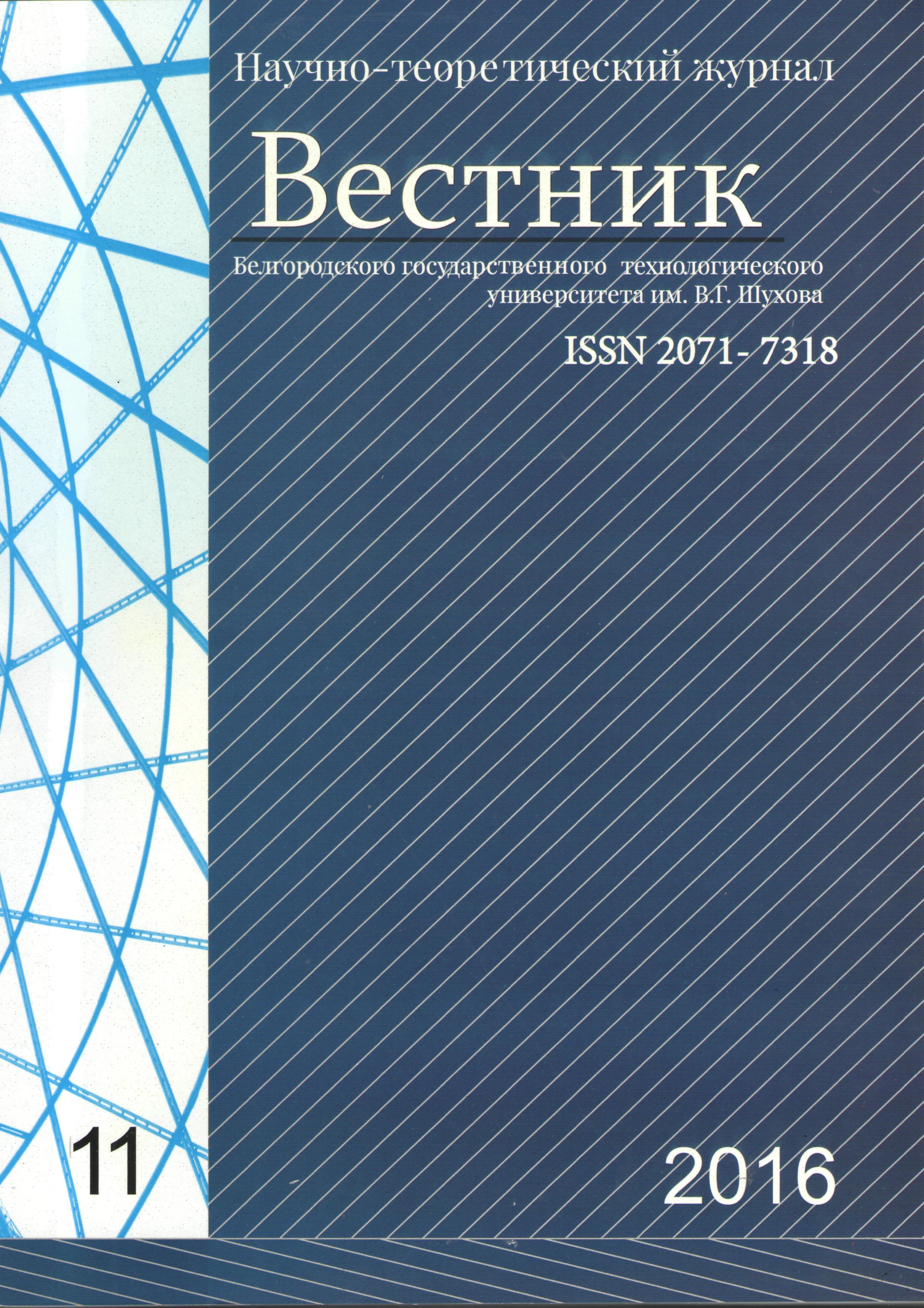Russian Federation
Russian Federation
The findings of the known research in the sphere of concretes and concrete mixes modification have been summarized and systematized; there have been also presented the findings of researching the influence of hydrophilic groups of superplasticizers on their plasticizing activity, which demonstrate that a superplasticizer’s plasticizing activity depends on their chemical structure, the superplasticizer’s adsorption on the disperse phase particles results in the increase of a suspension’s aggregative stability, which becomes marginal after the adsorption monomolecular layer formation. Due to this the aggregates are peptized to primary particles and the immobilized water is segregated. It has been shown that due to smaller molecular weight and higher hydrophility in comparison with sulfogroups the hydroxyl groups increase the plasticizing activity of superplasticizers. There have been presented the experimental data, which confirm that at a certain ratio of superplasticizer with sulfogroups and hydroxyl groups in a polyfunctional modifier (PFM) the synergism effect takes place, which is conditioned by the attraction interaction of molecules on the disperse phase particles’ surface. On the basis of the carried-out experimental research and the literature data analysis the statements about the required superplasticizers’ properties have been formulated.
concrete modifiers, polyfunctional modifiers, plasticizing activity, adsorption-active groups, ag-gregative stability, rheological properties, adsorption, peptization, monomolecular layer, electrokinetic potential, synergism effect.
1. Kosukhin M.M., Kosukhin A.M., Babin A.A., Shapovalov N.A. Modifitsirovannye mineral´nye kompozitsii dlya ukrepleniya osnovaniy avtomobil´nykh dorog. Vestnik Belgorodskogo gosudarstvennogo tekhnologicheskogo universiteta im. V.G. Shukhova. 2009. №4. S. 25-27.
2. Baalbaki M. and Aitcin P.C. Superplasticizer. Cement Air-Entraining Agent Compatibility ACI Special Publication.1994. 148 (September). S. 47-62.
3. Shapovalov N.A., Lomachenko V.A. and Latypova M.M. Plasticizing additives synthesized from by-products (bottoms) in the production of resorcinol. Nauka - proizvodstvu. 2001. 3: 20.
4. Kosukhin, M.M., Kosukhin A.M., Shapovalov N.A. Kompozitsionnoe vyazhushchee dlya vysokomorozostoykikh dorozhnykh betonov. Vestnik Belgorodskogo gosudarstvennogo tekhnologicheskogo universiteta im. V.G. Shukhova. 2010. №1. S. 51-53.
5. Pivinskii, Yu.E., Ermak Yu.N., Cherevatova A.V., Shapovalov N.A. The effect of thinning agents on rheological and technological properties of the bauxite hcbs system. Refractories and Industrial Ceramics. 2003. 44 (3). R. 169-174.
6. Shapovalov, N.A., A.A. Slyusar´ and O.A. Slyusar´, 2006. The effect of oligomeric electrolytes on the aggregative stability and rheological properties of aqueous mineral suspensions. Colloid Journal, 68 (3): 350-356.
7. Shapovalov, N.A., Slyusar A.A., Poluektova V.A., Slyusar O.A. Dilution of ceramic slip using complex additives. Glass and Ceramics, 2005. 62. (7-8). R. 253-254.
8. Samir Bouharoun, Yannick Vanhove, Chafika Djelal, Pascale De Caro, Isabelle Dubois, Interactions between Superplasticizer and Release Agents at the Concrete. Formwork Interface. Materials Sciences and Applications. 2012. 3. R. 384-389.
9. Kosukhin M.M., Shapovalov N.A. Teoreticheskie aspekty mekhanizma deystviya superplastifikatorov. Beton i zhelezobeton. №3. S. 25-27.
10. Kosukhin M.M. Regulirovanie svoystv betonnykh smesey i betonov kompleksnymi dobavkami s raznymi gidrofil´nymi gruppami. Belgorod: Izd-vo BGTU, 2005. 194 s.
11. Zaslavskiy I.I. Osnovy teorii krasheniya i ionogennymi krasitelya¬mi. M.: «Legprombytizdat», 1989. 144 s.
12. Adam N.K. Fizika i khimiya poverkhnostey. M.-L. 1947. 552 s.
13. Shchukin E.D., Pertsov A.V., Amelina E.A. Kolloidnaya khimiya. M.: Izd-vo Mosk. un-ta, 1982. 348 s.
14. Daimon M., Roi D. Reological properties cement mixes. II. zeto-potential ´and preliminary viscosity studies. Cement and Conerete Res. 1979. 1. R. 103-109.
15. Frolov Yu.G., Grodskiy A.S., Laboratornye raboty i zadachi po kolloidnoy khimii. M.: Khimiya, 1986. 216 s.
16. Nepper D. Stabilizatsiya kolloidnykh dispersiy polimerami. M.: Mir, 1986. 487 s.
17. Efremov I.F. Periodicheskie kolloidnye struktury. L.: «Khimiya», 1971. 192 s.
18. O sedimentatsionnoy ustoychivosti dispersiy grafita v vodnykh rastvorakh kaprolaktama / A.S. Grodskiy, Yu.G. Frolov, B.M. Pevezenskiy, L.V. Alekseeva i dr.. Kolloidn. zhurnal. 1983. T. 45 (3). S. 549-552.














